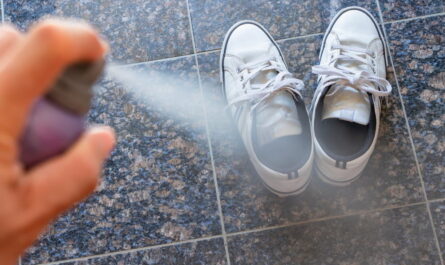Europe’s top sportswear manufacturer, Adidas, is a German multinational corporation (Adidas Group, 2017g). The company was founded by Adolf “Adi” Dassler, who started making his own athletic shoes in 1920. US Olympic sprinter Jesse Owens won four gold medals while competing in Dassler’s shoes, which solidified the company’s success. The sports & apparel category is one of the retail segments that the COVID-19 pandemic has severely impacted. Adidas and Nike are two industry titans in the apparel sector with sizable market caps and market shares.
Behind rivals NIKE and Reebok, the German sportswear manufacturer Adidas Group is ranked second globally in the apparel and footwear sector. Due to the region’s intense competition and Nike’s hegemonic presence, it has long presented challenges for the business. Adidas has made a concerted effort to strengthen its position in the US sportswear industry. With currency-neutral sales of its two main brands, Adidas and Reebok, up 24% in the area, it saw some success in FY 2016. A detailed Adidas SWOT analysis or PORTER’s five forces will help you get the analysis of competitiveness.
Competitor Analysis
Reebok and Adidas Athletic shoes are at the core of the Adidas product line. Still, the company’s recognisable three-stripe logo can also be found on apparel and other jock accessories. Adidas, the world’s second-largest manufacturer of sporting goods after Nike, has agreements with players in the football and basketball leagues, the New York Yankees, and other organisations. Taylor Made-Adidas Golf offers services to golfers. The company runs a total of 2,200 retail locations under the Adidas and Reebok brands. Adidas, maker of the “Jabulani” official match ball for the 2010 FIFA World Cup, increased the scope and scale of its operations when it acquired Reebok for about $3.8 billion.
Another top manufacturer of athletic wear, accessories, and apparel is PUMA, a competitor of Nike. Sport and fashion are where PUMA begins and ends. Soccer’s seven world cup teams, including the reigning champions Italy, Uruguay, Switzerland, Ghana, Algeria, Cote d’Ivoire, and Cameroon, all wear PUMA gear as their official supplier. According to PUMA Vision, they are dedicated to working in ways that benefit the world by promoting creativity, safe sustainability, and peace. They also uphold the values of being fair, honest, positive, and creative in all of their decisions and deeds.
PORTER’S FIVE FORCES
1. Restrictions to Entry
High entry barriers reduce the threat of new entrants to the potential profit of major sports accessories and athletic shoe manufacturers. Nike has been able to control its costs and maintain its performance advantage over burgeoning competitors thanks to large-scale production, high costs for research and development, and extremely large capital investments in innovation.
2. Customer bargaining power
There are a lot of buyers with strong bargaining power in the market compared to the number of businesses in the industry. Therefore, businesses must constantly market their products and set their brands apart from those of rivals in order to increase sales and market share. Recent developments in e-commerce and online shopping have improved consumer accessibility and intimacy.
3. Suppliers’ Purchasing Power
Input suppliers are widely available in the sportswear industry. Because there is little variation among the suppliers, their bargaining power is low or nonexistent. Large supplies of input materials like leather, rubber, cotton, and plastic are available. When these suppliers rely on these companies as their only source of income, Nike has a clear advantage over them.
4. Threats of replacements
Customers are less likely to switch brands in the sportswear and athletic footwear industries because there are few options available. For instance, Nike shoes are made to increase personal safety and comfort during periods of increased movement. Therefore, there are no actual alternatives.
5. Industry rivalry that is competitive
Nike faces a colossal number of rivals on a global scale. But not all businesses have what it takes to go up against Nike. However, there are only a few significant rivals, including Adidas and Reebok, Puma, Joma, Legea, and Brooks.
Summary:
Nike outperforms its rivals in every way, from providing athletes with the best sports gear on the planet to consistently raising their financial performance. Nike keeps growing its product lines and marketing reach despite a shifting market for athletic footwear in order to build a stronger global brand. The differentiation of the product gives the brand identity and a direct competitive advantage.
Author Bio:
If you are looking for a specialised Adidas case study writer, contact Mia. She is a marketing expert working for MyAssignmenthelp.com and specialises in offering excellent Adidas case study help.
go to homepage


